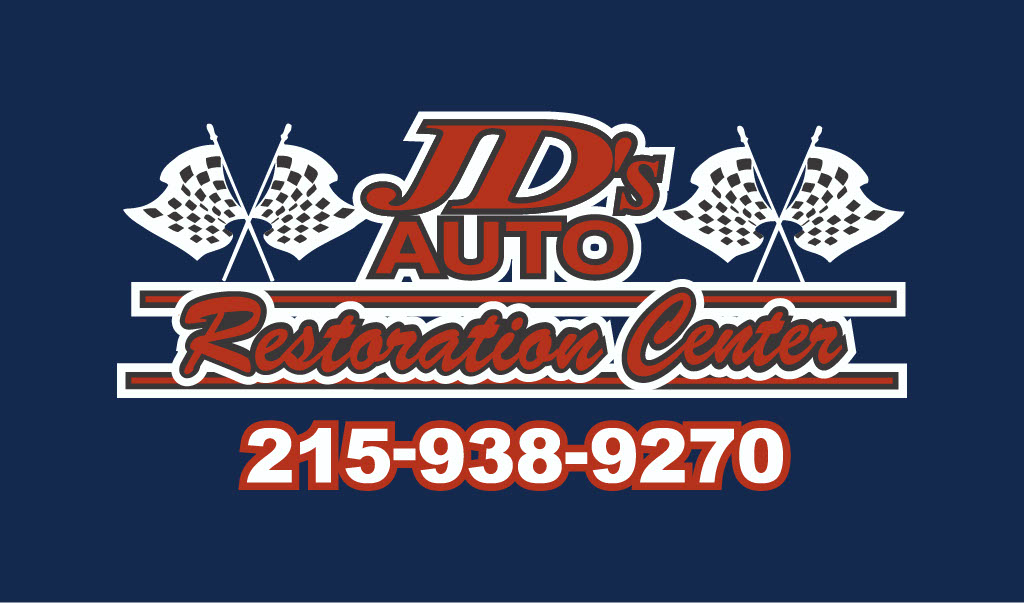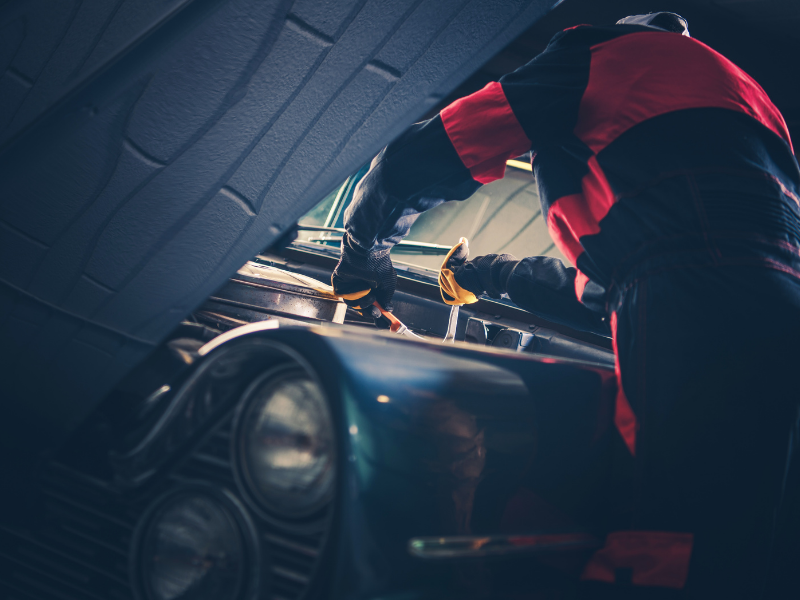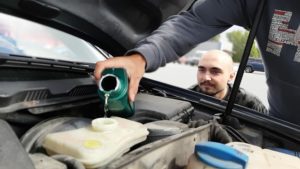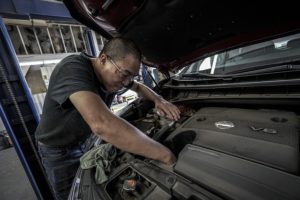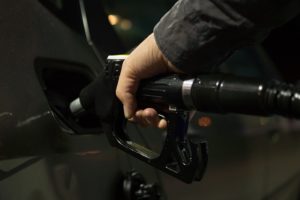You’ve found a classic car at a real deal. The only thing standing between you and your dream car is restoration. While we all love the idea of having a classic car, most people don’t know what goes into restoring a vehicle to model perfection. So, let’s create a checklist to turn a deal into a dream.
First, Plan Your Restoration
Before you begin any work, you need to plan your restoration. It’s important to know what your job will entail, when you’ll need a professional (if it’s a DIY restoration), and how much your restoration will cost. So as you plan,
- Know your budget for the restoration
- Schedule your timeframe based on your budget and the time you have available
- Determine your plans – a full or partial restoration – restoring a collectible or rebuilding a daily driver
- Find the location you’ll store your classic car
- Where will you do the restoration
- Where will you store the vehicle after restoration
- Line up any professionals you’ll need
- Have an inspection made of the vehicle to help you prepare
- Locate parts to ensure you can get what you need for the vehicle
- Prepare to document the restoration including photos and receipts
Remember to leave yourself room for the unexpected, especially if you’re restoring a car that hasn’t been driven in some time or wasn’t well kept.
DIY, Professional Restoration, or Both
If you can afford a professional restoration, it will save you time. However, for many collectors, part of the joy of having a classic car is in restoring it. Of course, even if you have the mechanical knowledge for a full DIY restoration, you will likely find yourself needing a professional to help you with some part of the job, whether it’s rebuilding the transmission or helping with engine work. Whether you’re looking at a full DIY restoration or hiring a professional for the whole job, having a checklist is always a good idea.

Considerations for Your Checklist
Now that you know your basic plans, it’s time to get into the restoration checklist itself. The exact details for your list will depend on the vehicle you’re restoring and its age. Generally, your restoration will cover 5 areas,
- Mechanical
- Electrical
- Body
- Upholstery
- Accessories
Remember that you’ll be taking apart the vehicle as part of the restoration, so ideally, you should keep your vehicle protected from inclement weather. Ideally, you should have two areas where you can perform your restoration, allowing you to work on multiple parts of the restoration at the same time.
Below is a basic checklist of the most common parts of classic car restoration. We welcome you to copy/paste it into your own spreadsheet to help you track your restoration and budget.
